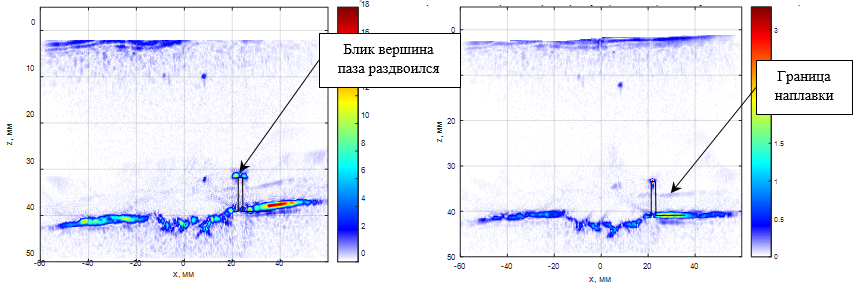3 August 2020

The surface of the control objects may be uneven due to its design features. After installation, during operation or preparation for control, the initially flat surface of the object of control may lose this property. Many methods of image reconstruction of reflectors using ultrasonic antenna arrays proceed from the fact that the surface of the object of control is a straight line. Currently, in the practice of ultrasonic monitoring, the method of digital focusing of the antenna array (CFA) is widely used, which involves recording echo signals during radiation and reception by all pairs of the antenna array and restoring the image of reflectors from the measured echo signals by the combined SAFT (C-SAFT) method.
Improving the quality of the CFA image of reflectors through the use of an antenna array with an adaptive protector

The surface of the control objects may be uneven due to its design features. After installation, during operation or preparation for control, the initially flat surface of the object of control may lose this property. Many methods of image reconstruction of reflectors using ultrasonic antenna arrays proceed from the fact that the surface of the object of control is a straight line. Currently, in the practice of ultrasonic monitoring, the method of digital focusing of the antenna array (CFA) is widely used, which involves recording echo signals during radiation and reception by all pairs of the antenna array and restoring the image of reflectors from the measured echo signals by the combined SAFT (C-SAFT) method.
Monitoring from an uneven surface can lead to a very strong distortion of the restored CFA image [2]. In the methods of the CFA family, it is possible to take into account the uneven surface of the object and form undistorted images of reflectors. The main problem is in obtaining information about the profile of the surface of the controlled object. For this purpose, devices have been developed that allow obtaining a surface profile [1] for its accounting in the CFA method during the control.